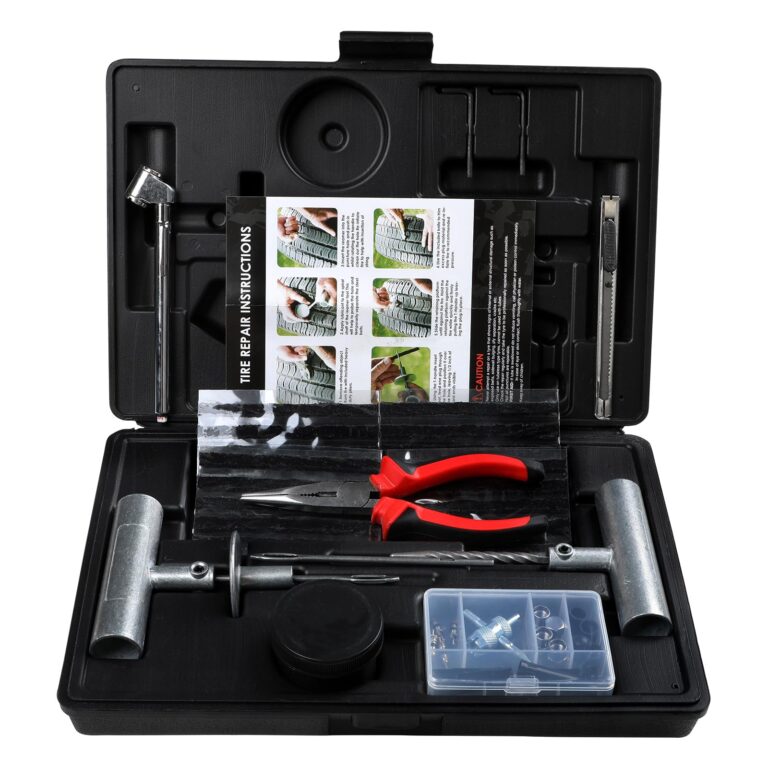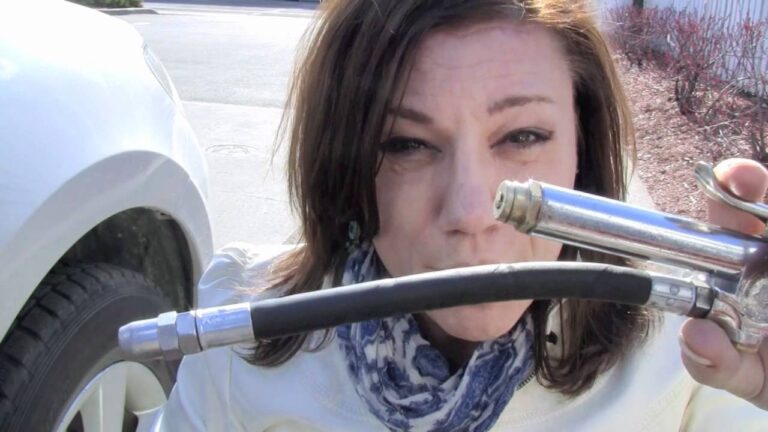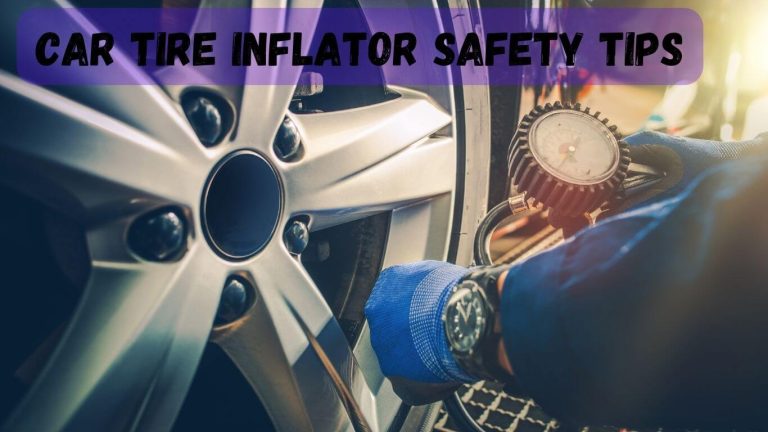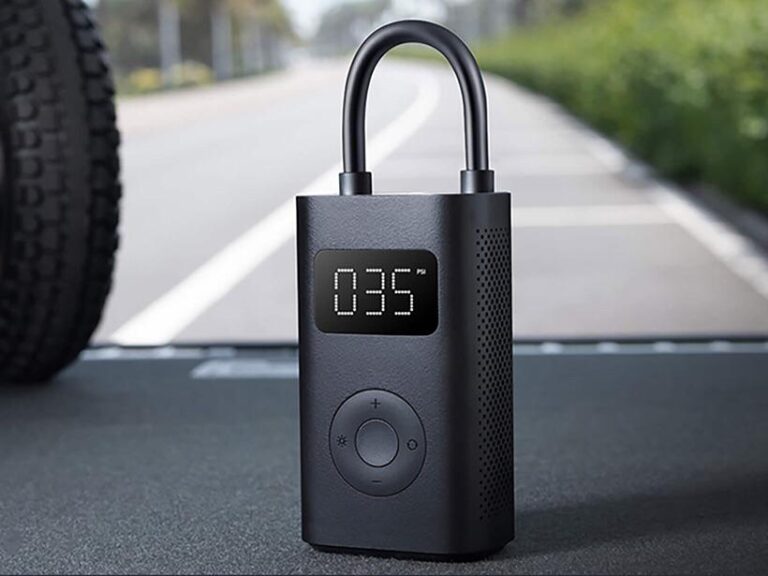Maintaining Car Tire Air Pressure In Cold Weather
Last winter, I woke up to find my car tires looking flatter than usual. I hadn’t checked my car tire air pressure in months, and the cold snap had significantly impacted it. This near-mishap taught me a valuable lesson about the importance of regular tire pressure checks, especially during cold weather. This post will guide you through understanding how cold temperatures affect your tires and how to properly maintain car tire air pressure to ensure safe and efficient driving in winter.
Understanding Tire Pressure Changes in Cold Weather
This section explains the relationship between temperature and tire pressure. We will explore the physics behind pressure loss in cold weather and the implications for your vehicle’s performance and safety. You’ll learn how to correctly measure your tire pressure and identify when adjustments are needed.
The Physics of Cold Air
- As the temperature drops, air molecules slow down and their movement decreases. This means they exert less pressure against the inner walls of the tire.
- For every 10-degree Fahrenheit drop, tire pressure can decrease by approximately 1 PSI (pounds per square inch).
- This pressure loss can be significant during a winter cold snap, potentially leading to underinflation and related issues.
A simple experiment demonstrates this: take a fully inflated balloon and place it in a refrigerator for a few hours. You’ll notice it appears slightly deflated when you remove it, showcasing the impact of temperature on gas pressure.
Signs of Underinflation
- Reduced fuel efficiency: Underinflated tires cause increased rolling resistance, leading to higher fuel consumption.
- Uneven tire wear: Underinflation can result in excessive wear on the outer edges of your tires, shortening their lifespan.
- Poor handling and braking: Underinflated tires compromise your car’s handling and braking capabilities, increasing the risk of accidents.
A recent study by the AAA showed that 33% of drivers don’t check their tire pressure regularly, leading to increased risks on the road. This highlights the importance of proactive maintenance.
Recommended Tire Pressure for Cold Weather
This section details the correct way to find your vehicle’s recommended tire pressure and how to adjust for cold temperatures. We will cover the location of the information sticker, proper inflation techniques, and what to do if your tires are significantly underinflated.
Finding Your Vehicle’s Recommended Pressure
- Check the sticker located on the driver’s side doorjamb, glove compartment, or fuel filler door. This sticker specifies the recommended tire pressure for your vehicle.
- The recommended pressure may vary depending on the tire size and load rating.
- Always prioritize the manufacturer’s recommendation over any general guidelines.
It’s important to note that the recommended pressure is usually a “cold” pressure—measured when the tires are cold (before driving).
Adjusting for Cold Weather
- Consider adding 2-3 PSI to your tire pressure during winter months to compensate for the expected pressure drop due to cold temperatures.
- Avoid overinflating tires, as this can also lead to uneven wear and reduce ride comfort.
- Always refer to your vehicle’s owner’s manual for specific guidelines on tire pressure adjustments for cold weather conditions.
Over-inflation can lead to a harsher ride and increased risk of tire failure. It is crucial to maintain the appropriate pressure range.
Maintaining Proper Tire Air Pressure Throughout Winter
This section focuses on establishing a consistent maintenance routine throughout the winter. We’ll cover the frequency of pressure checks, the tools needed, and where to find reliable tire pressure gauges. This consistent approach ensures your tires remain optimally inflated throughout the season.
Regular Tire Pressure Checks
- Check your tire pressure at least once a month, or more frequently if you are experiencing extreme temperature fluctuations.
- Check pressure before driving, when the tires are cold.
- Always use a reliable tire pressure gauge to ensure accuracy.
A reliable tire pressure gauge is a relatively inexpensive investment that can prevent potentially costly repairs or accidents down the line.
Tools and Techniques
- Acquire a reliable tire pressure gauge from an auto parts store or online retailer. Avoid cheap gauges, as their accuracy is questionable.
- Learn how to properly use the gauge and air compressor to inflate or deflate your tires to the correct pressure.
- If you are uncomfortable doing this yourself, take your vehicle to a tire shop or service center for regular inspections and adjustments.
A simple and inexpensive tire pressure gauge can easily be found at most auto parts stores. This is a worthwhile investment for regular vehicle maintenance.
Common Myths About Car Tire Air Pressure in Cold Weather
This section addresses common misconceptions related to tire pressure and cold weather. We’ll clarify the truth behind several prevalent myths and prevent drivers from making potentially harmful mistakes.
Myth 1: I don’t need to check my tire pressure if it’s cold.
This is false. Cold temperatures significantly affect tire pressure, increasing the likelihood of underinflation. Regular checks, especially during cold snaps, are essential.
Myth 2: Slightly underinflated tires are harmless.
This is false. Underinflation increases fuel consumption, compromises handling and braking, and accelerates tire wear. It also increases the risk of a blowout.
Myth 3: Adding air only when the “low pressure” light comes on is sufficient.
This is false. The “low pressure” light is often triggered only after a significant pressure drop. Proactive, regular checks are crucial for optimal tire performance and safety.
FAQ
What is the ideal tire pressure in cold weather?
The ideal tire pressure is the pressure recommended by your vehicle’s manufacturer, typically found on a sticker in the driver’s side doorjamb or owner’s manual. You might add a few PSI during colder months to compensate for pressure loss due to the cold.
How often should I check my tire pressure in winter?
It’s recommended to check your tire pressure at least once a month during winter, or more frequently if you experience significant temperature swings.
What happens if my tires are underinflated in cold weather?
Underinflated tires in cold weather lead to reduced fuel efficiency, poorer handling, increased braking distances, and faster tire wear. It also increases the risk of a flat tire or blowout.
Can I use a standard tire gauge in freezing temperatures?
Most standard tire pressure gauges function reliably in freezing temperatures. However, ensure the gauge is clean and free from ice or moisture before and after use.
My tire pressure light is on – what should I do?
If your tire pressure light is illuminated, pull over to a safe location and check your tire pressure immediately. Inflate your tires to the recommended pressure and see if the light turns off. If the light remains on, or if you suspect a puncture, take your vehicle to a tire shop or service center for professional inspection and repair.
Final Thoughts
Maintaining the correct car tire air pressure in cold weather is crucial for safe and efficient driving. By understanding how temperature affects tire pressure, following the manufacturer’s recommendations, and performing regular checks, you can significantly reduce the risks associated with underinflation. Remember to invest in a reliable pressure gauge and make tire pressure maintenance a part of your regular winter vehicle care routine. Don’t wait for problems to arise—proactive maintenance is key to a smooth and safe winter driving experience.




